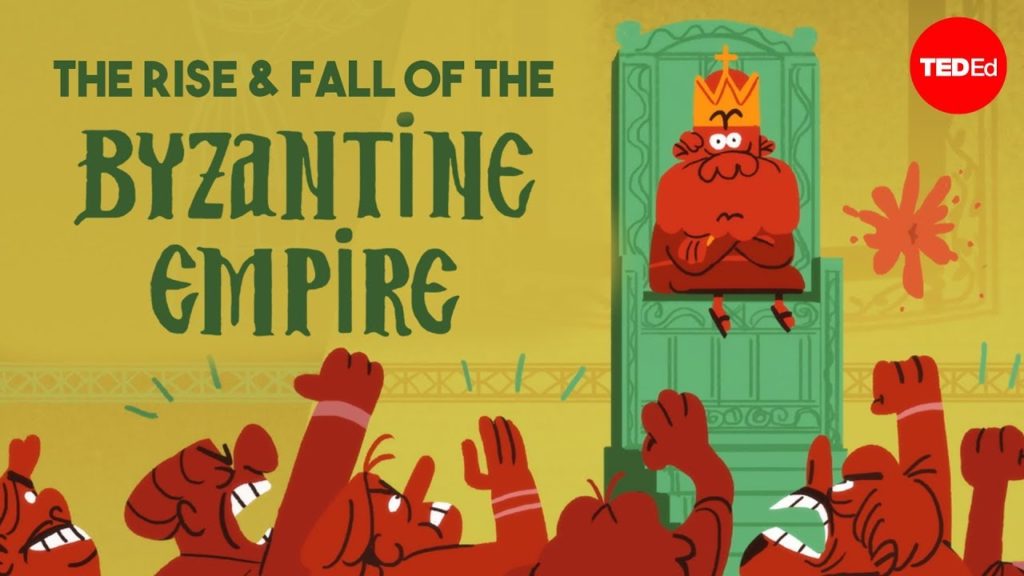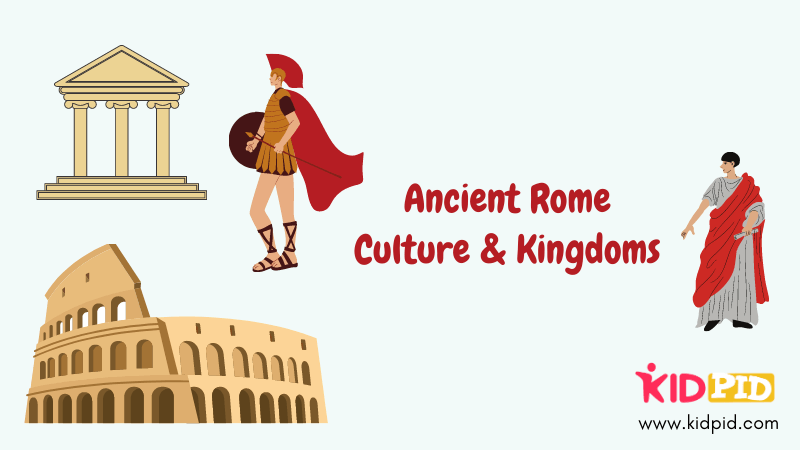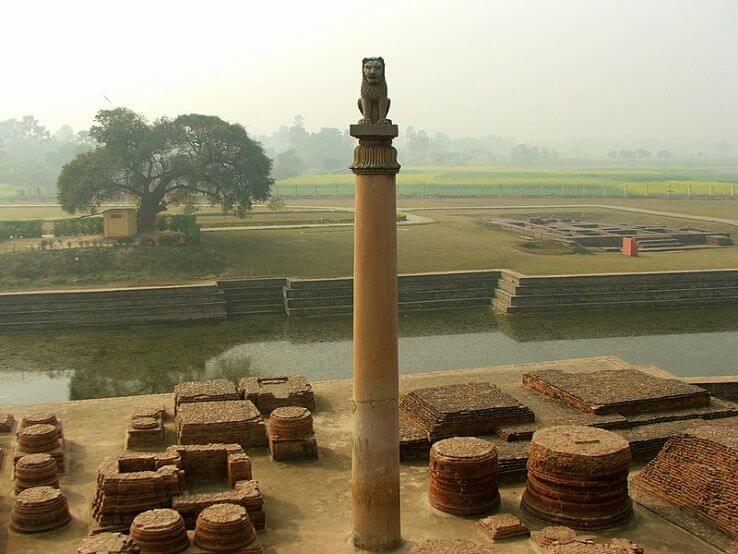The rise and fall of the Byzantine Empire

The word “Byzantine” is derived from the word “Byzantium” which was a Greek colony started by a man whose name was Byzas. The site – Byzantium in Greek was set up to aid transit and trade between Asia and Europe in those days.
Contents
Geography & Period
The Byzantine Empire dates back to the 300 A.D., one of the most powerful and widely spread civilizations of the world. Byzantine Empire thrived for a very long time after its inception by the Roman Emperor – Constantine I, who decided to make the site as the “New Rome” and its huge capital city as Constantinople. This empire stood strong for 1000 years after the western half of the Roman Empire had started to diminish, because Byzantine was on the eastern half due to its geographical location. It was less prone to attacks externally.
Emprerors
Many generations of emperors ruled this empire for eleven centuries. Due to its mostly safe environment, the Byzantine empire thrived technologically, given the empire an upper hand over other civilizations such as the barbarians. Travellers and explorers would be astonished at the architecture that was within the empire. Technology such as hydraulics to lift the throne up high was made to use by the engineers of the empire. Birds made out of gold-on-gold trees would mimic the singing of real birds.
Civilization
Main occupations of the people of the empire were – making ceramics, weaving, fishing and manufacturing silks the same as those of ancient roman civilization. But the Byzantine empire also moved with time and the artists would make huge art out of mosaics and marble carvings. The architects constructed many churches throughout the period. One of the most iconic architectures from that period is the Hagia Sophia. The dome of this structure was said to be so high that it was believed that it was hanging from the heaves above. It has housed many great intellectuals of the time – Anna Komnene, the imperial princess who studied philosophy, and history in 12th Century. Leo the mathematicians was the one who figures pit the width of the empire which included the present-day Turney and Greece. Based on which a system was towers created which ran through the width of the empire, this was done in order to alert the empire within one hour of the sight of the enemy.
The Final Stages Of The Civilization & The Attack By Enemies
Despite all the measure and technology in place, in 1203 the French and Venetian Armies attacked the empire with the help of Alexios Angelos, son of a dethroned emperor. He made a promise of support and huge sums of wealth to these crusader in return of the Throne that was currently held by his uncle. He was indeed successful in overthrowing the emperor, but that was short-lived as after a year he was criticized and rebelled against by the population of the empire. Which resulted in his death.
After this, the army of the French and Venetian soldiers were left with nothing and they became aggressive. They destroyed the empire by burning the art and architecture and leaving nothing. Fifty years later Michael Palaiologos took over the throne, but the empire had nothing left of it as most of it was conquered. In 1453, Emperor Mehmed of the Ottoman Empire took over Constantinople, which brought the end to the Roman Empire.
Scholars and historians, for the better understanding of this period and for distinction named it the Byzantine Empire.






Responses